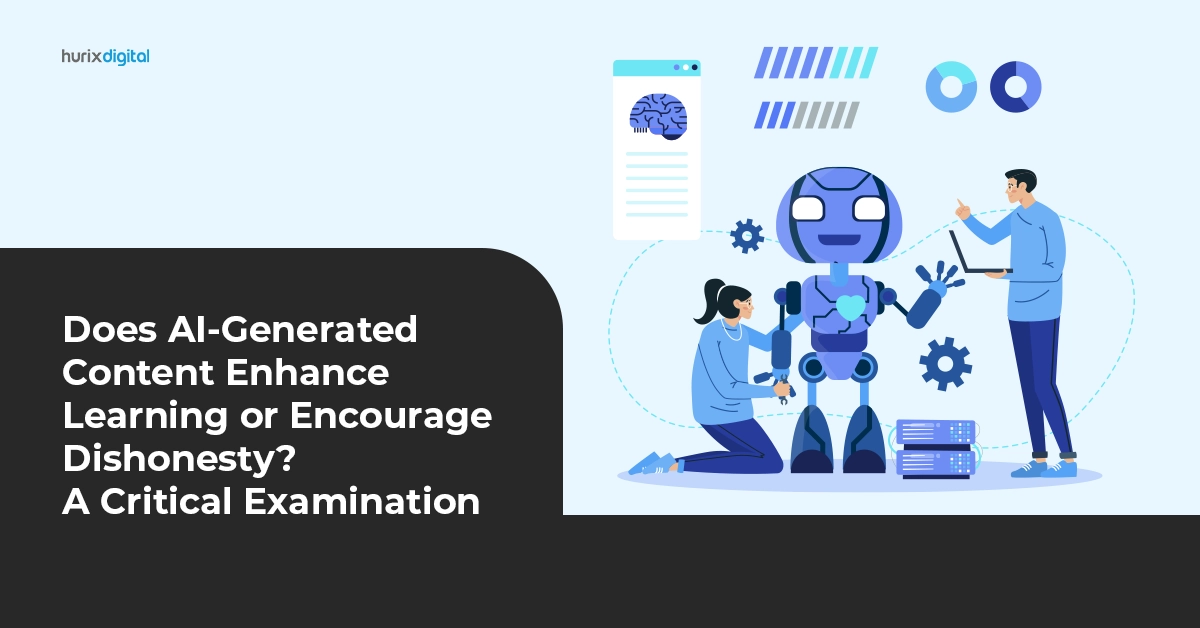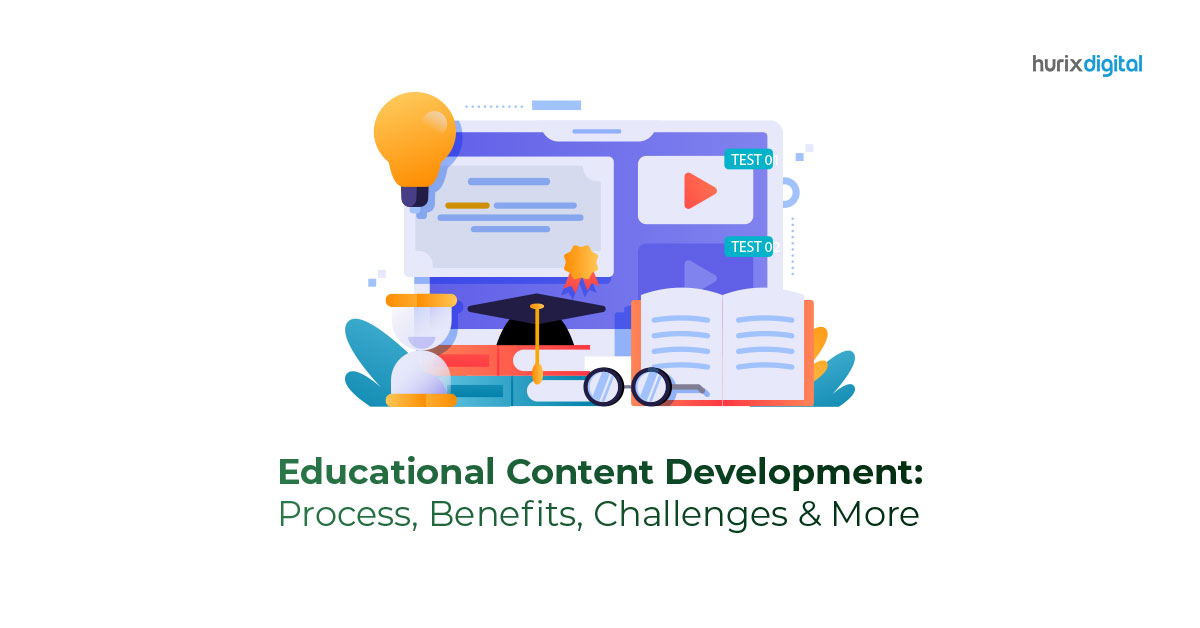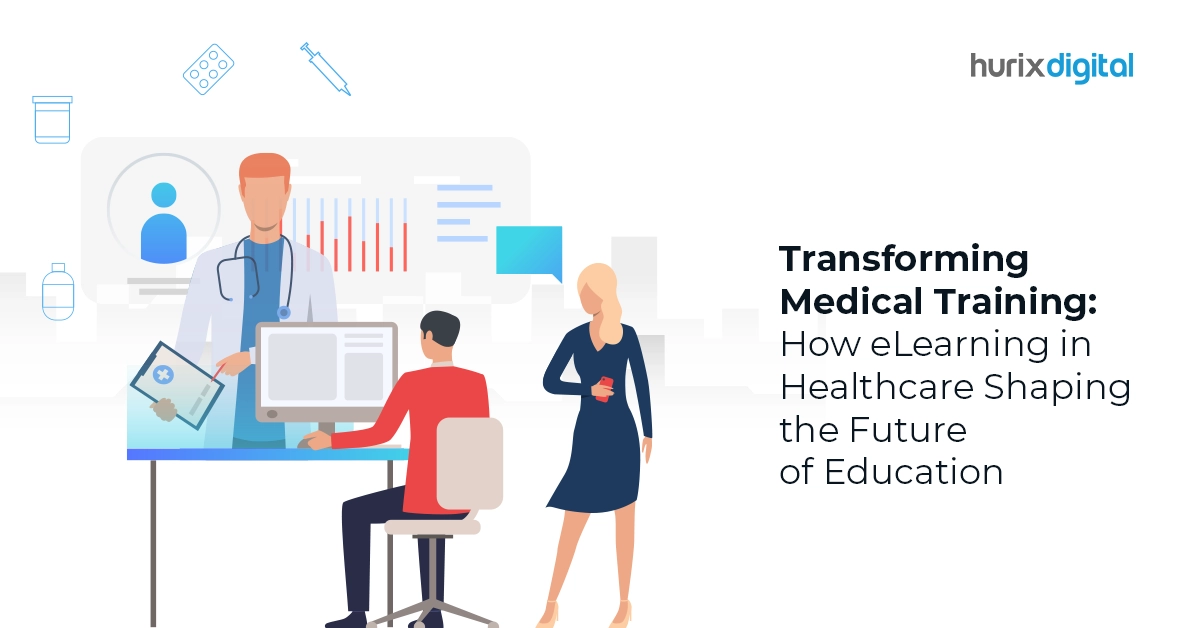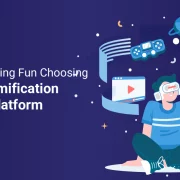
Does AI-Generated Content Enhance Learning or Encourage Dishonesty? A Critical Examination
Summary
This blog post critically examines whether AI-generated content enhances learning or encourages dishonesty. It explores the potential benefits of AI in creating personalized and adaptive learning materials while also addressing concerns about academic integrity and the impact of AI on genuine learning outcomes.
Our existence currently centers on Artificial Intelligence (AI), and education is no exception. Personalized learning solutions driven by AI are expected to see a sharp increase in demand.
AI-driven content production platforms are becoming obvious allies for students, offering support with everything from ideation and research to language and clarity. In fact, by 2030, the market size is expected to have grown by over 10 times, from $5.2 billion in 2022 to $48.7 billion, growing at a CAGR of 44.3%.
Nevertheless, a darker aspect is present—the possibility of these tools being abused for plagiarism. This brings up the issue: Do AI-driven writing tools empower students or encourage plagiarism? Keep reading to get a clear idea.
Table of Contents:
- Enhancing the Writing Process: The Benefits of AI-Powered Support
- The Dark Side of Convenience: How AI-Powered Writing Can Lead Astray
- Encouraging Responsible AI Use
- The Bottom Line
According to Science Daily, around 11% of school and college papers globally now incorporate AI-generated content. This significantly raises concerns about possible plagiarism and its impact on authentic learning.
However, the valuable contributions AI writing assistants can make to the learning process cannot be overlooked. Here, we explore both sides of the coin and strategies to promote the responsible use of AI in education.
Enhancing the Writing Process: The Benefits of AI-Powered Support
Students have found a new ally in the educational sphere with the advent of Artificial intelligence and AI-enabled writing tools. These content creation tools assist students in overcoming common challenges by providing inspiration, proofreading, and guiding them in refining their writing style.
Here are some of the benefits to consider:
1. Improved Clarity and Accuracy
One of the key benefits of AI writing tools is their proficiency with syntax and mechanics. Comprehensive grammar, sentence structure, and punctuation error recognition and correction are made possible by sophisticated algorithms.
It guarantees that student writing is presented in a polished and professional way, free from the limitations of minor errors that frequently diminish the overall caliber of the work.
2. Refining Style and Vocabulary
AI content creation tools offer more than just correcting grammar; they have a wider application. Analyzing vast troves of textual data allows these tools to recommend synonyms, antonyms, and contextually relevant vocabulary.
It allows students to elevate their writing style and express themselves with greater precision. This facilitates the development of a nuanced and sophisticated vocabulary and allows students to communicate their ideas clearly and effectively.
3. Sparking Creativity and Facilitating Research
AI writing tools transcend the realm of mechanics and style. It offers functionalities that can ignite the spark of creativity. In fact, certain artificial intelligence systems offer pupils essay topics, writing prompts, and well-written sample essays.
These tools serve as launching pads for ideas, helping students develop their claims and set out on their research projects with a clear course. They can enable students to approach their writing projects with fresh passion and a sense of direction by catalyzing creative discovery.
Without a doubt, these features can make writing easier and free up students’ time to concentrate on expanding their concepts and strengthening their arguments. However, it can be difficult to distinguish between aid and plagiarism.
Also Read: Technologies to Invest in Boosting Higher Education Learning
The Dark Side of Convenience: How AI-Powered Writing Can Lead Astray
Even though AI writing tools have many benefits, one major drawback is the possibility of plagiarism due to their user-friendly nature. Here is a closer look at the limitations associated with AI-generated content:
1. The Shortcut’s Temptation
The prospect of producing content through AI can be very enticing for students who are short on time or experiencing writer’s block. However, dependency on AI-generated content compromises the core goals of academic writing.
This includes the growth of research abilities, critical thinking, and the capacity for original expression. Essentially, students shift from active participants to passive consumers of material in the learning process.
2. The Risk of Unintentional Plagiarism
AI-generated content can imitate human writing quite well, which increases the probability of unintentional plagiarism. This can occur when students use information sourced through AI tools in their essays without giving correct credit. It might lead to severe consequences like failing grades or expulsion.
3. The Decline of Educational Possibilities
Writing is a process that develops vital abilities; it is more than just putting words on paper. Thus, when they rely on AI, students lose out on the crucial learning opportunities associated with writing content.
These include the development of excellent research skills, critical analysis, and the capacity to integrate data from multiple sources. Furthermore, an excessive dependence on AI impedes students’ ability to establish their voice and writing style, which is vital.
Encouraging Responsible AI Use
Using AI content creation tools to their optimum potential demands a multidimensional strategy that protects academic integrity and encourages ethical use. Listed below are key strategies for achieving this balance:
Strategy 1: Transparency and Education
- Clear Guidelines: Educational institutions must establish clear and comprehensive guidelines outlining the ethical use of AI writing tools. These guidelines should explicitly define acceptable practices and potential pitfalls to ensure students understand the boundaries between appropriate assistance and plagiarism.
- Demystifying Citation: A crucial component of responsible use is proper citation. Students need thorough instruction on how to attribute AI-generated content within their essays. This includes understanding the distinction between AI suggestions and their ideas, enabling them to cite sources accurately and transparently. Plagiarism detection tools can help identify AI-generated content that may not be properly cited.
- Promoting Open Dialogue: It is critical to encourage open communication regarding AI writing tools. Through the creation of a safe place for inquiry and debate, educators may address the concerns of students and provide them with the necessary knowledge to negotiate the ethical challenges of AI use.
Strategy 2: Critical Thinking and Personalization
- Critical Evaluation: While AI suggestions can be valuable, they should never replace a student’s critical thinking skills. Students must be encouraged to critically evaluate AI recommendations so that the content aligns with their arguments and strengthens their voice.
- Prioritizing Originality: The core purpose of writing lies in the development of a student’s unique perspective. AI tools should not be used to suppress student originality. Instead, students should use them as a starting point to improve their ideas and present them effectively.
- Encouraging Active Engagement: To supplement independent writing abilities, teachers can create evaluations that focus on the actual writing process. It might include giving students drafts, outlines, and revisions. This motivates them to participate actively in their work and demonstrate their progress.
Strategy 3: Assessment and Feedback
- Regular Assessments: Educators can gauge student progress and identify plagiarism attempts by incorporating regular assessments. It can involve a combination of automated plagiarism detection tools and manual review of student work.
- Personalized Feedback: It is paramount to provide personalized feedback on student-written material. Providing valuable feedback can assist students in refining their writing abilities by identifying areas that need improvement and showcasing successful techniques. This continual conversation helps to better grasp correct writing methods and deters dependence on AI-generated content.
- Open Communication: Create a culture of open communication that encourages students to seek clarification when needed. This will allow them to discuss the appropriate use of AI tools with educators. It also facilitates a collaborative learning environment emphasizing academic integrity.
Strategy 4: Collaboration with AI Developers
- Ethical Design Principles: Building responsible AI writing tools requires collaboration between educators, institutions, and AI developers. Stakeholders can offer vital perspectives on the ethical aspects of using AI in educational technology, which can help shape the creation and advancement of such tools.
- Encouraging Critical Thinking Characteristics: AI writing tools can be developed with an emphasis on promoting critical thinking. It could involve features that prompt students to analyze source credibility, evaluate evidence, and develop counterarguments for a deeper understanding of the subject matter.
- Originality-Enhancing Features: AI tools can also be designed to encourage originality. It could include functionalities that help students brainstorm unique ideas, refine their arguments, and develop their writing style. This approach ensures that the final product reflects their voice and perspective.
Also Read: Generative AI in Education: Know Meaning, Benefits & Challenges
The Bottom Line
It is essential to use Natural Language Generation (NLG) responsibly to prevent plagiarism despite its ability to produce high-quality, human-like text. You must put these varied tactics into practice to establish a learning environment where AI supports students rather than compromises academic integrity.
By using AI writing tools responsibly, students can have valuable partners on their educational path, which can nurture creativity, improve writing abilities, and aid students in reaching their academic objectives.
Upholding academic integrity must be given top priority in higher education institutions. This can be achieved by developing reliable procedures for spotting plagiarism and encouraging moral behavior. It is the shared duty of educators, learners, and AI developers to make sure that AI promotes rather than impedes education.
AI writing tools offer a powerful boost to learning, but navigating ethical considerations can be tricky. In this regard, Hurix Digital can be your partner in maximizing the benefits of AI while ensuring academic integrity.
Our comprehensive solutions allow you to craft engaging assessments that promote critical thinking and originality. Automated assessments and feedback reduce manual workload and allow you to focus on higher-level student support.
Contact us today to learn more!

Senior Vice President
A Business Development professional with >20 years of experience with strong capability to sell new solutions and develop new markets from scratch. New Market Entry Specialist with experience of working in two of the largest emerging markets – China & India. Also covered other key markets in APAC, US, EU & ME. Exceptional experience of conceptualizing, ideating and selling new learning technologies like VR AR, etc. across multiple industry verticals.







